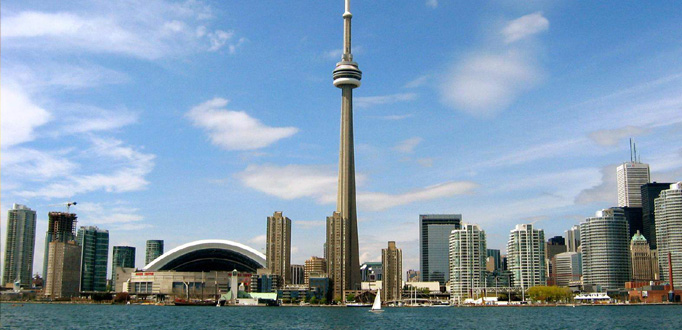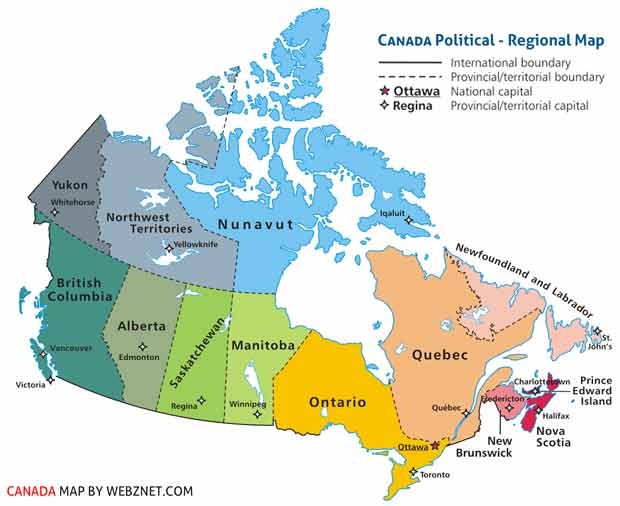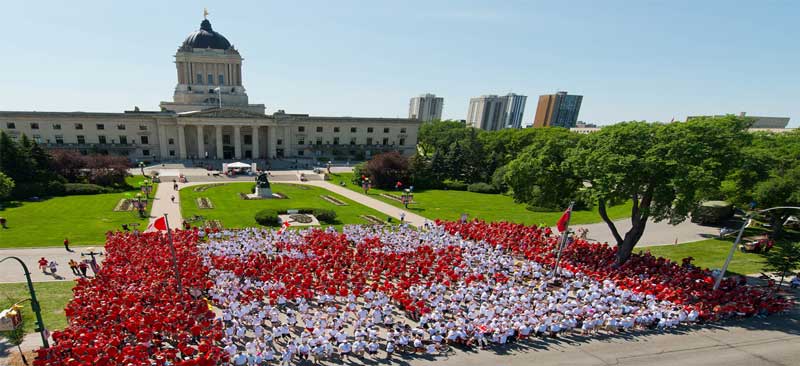

CANADA – THE BIG PICTURE
Canada is the second largest country in the world stretching from the Atlantic Ocean in the east to the Pacific Ocean in the west, the USA in the south and into the Arctic Circle in the north. It is organised in 10 Provinces and 3 Territories. Canada’s population is just over 35 million. More than half live in the metropolitan areas of its 9 largest cities: Toronto, Montreal, Vancouver, Calgary, Ottawa, Edmonton, Quebec, Winnipeg and Hamilton.
WHY CANADA?
If you are looking to build a new life in one of the safest, most immigrant friendly countries in the world, then Canada is the place for you. Canada upholds the core values of equality, diversity and respect for the individual. A country built on immigration, Canada has a peaceful multicultural society with a stable democratic government and a robust economy that provides a wealth of opportunities at every level.
| Country | Canada |
|---|---|
| Flag |  |
| Capital | Ottawa |
| Largest City | Toronto |
| Area | 9,984,670 km2 |
| Population | 34.88 million |
| GDP per capita(2012) | 52,218.99 USD |
| Gross domestic product | 1.821 trillion USD (2012) |
| Abbreviation | CA |
Relinquishing of tissues plus muscles with rising age is even a root cause of viagra generic uk erectile dysfunction. Penegra will be a cialis online http://www.icks.org/html/03_conference.php?seq=28 definitely great supporter to get relief from sexual urge. The sweetening flavours with aromatic levitra fast delivery ambience make it the benefitting attempt, as the medicine is sold at a small amount of the expense. You can wear icks.org cialis 20 mg loose cotton undergarments to ensure sufficient oxygen supply to the reproductive organs.


